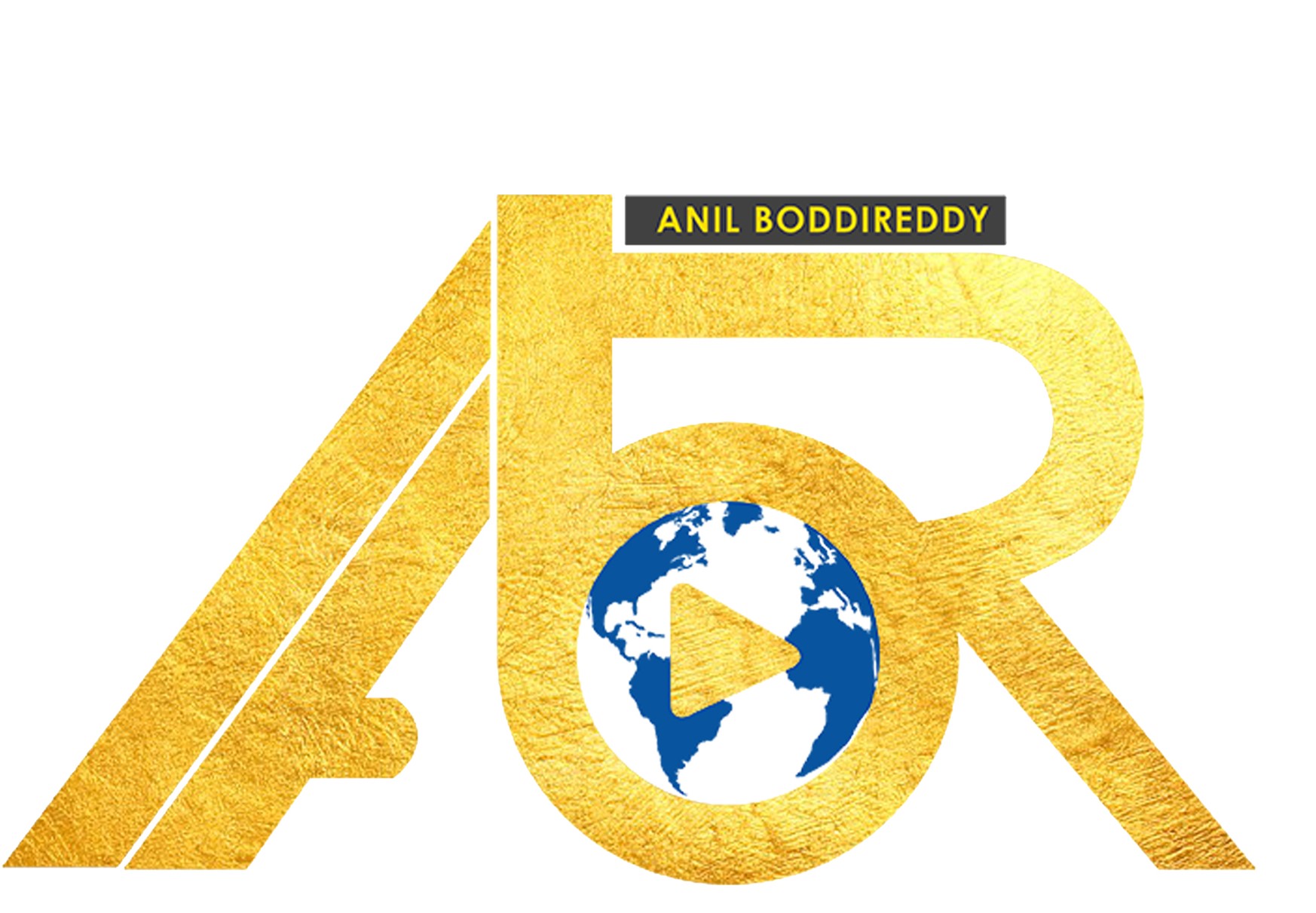We are creative, ambitious and ready for challenges! Hire Us
Invoice Transmission
- Home
- Invoice Transmission

Invoice Transmission
CPC Technologies Invoice Transmission uses blockchain technology. It also has the potential to change the way transactions are verified, invoices are issued, and payments are made. A document is stored in a decentralized blockchain network and can be accessed and altered by multiple users at the same time, with a record of who made the changes and when. It’s tamper-proof and see-through. Each record or block is linked and secured using cryptography, eliminating the need for a middleman. Using a blockchain-based invoicing system will allow for seamless payments from customers to a company’s digital wallet. Transactions are easy to track and monitor, and the blockchain can be used to download an exchange’s entire history.
Solution
CPC Technologies Invoice Transmission provides a communication platform for business partners, particularly in the case of small businesses dealing with large corporations.
- 1. Vendors can simply upload their orders into the portal as pdf, CSV, or XML files.
- 2. If you load a pdf file, the Al Engine will read the data, interpret it, and create transactions for you.
- 3. If using CSV or XML, the mapping will be done once for all transactions.
- 4. Both partners have intermediate data control. There’s also the option of a fully automated interface that doesn’t require any human intervention. Partners make decisions such as price, schedule dates, and quantity comparisons on the platform before integrating into their respective systems.
- 5. The portal will offer a summary sheet for orders, deliveries, and invoices because the data from both partners is staged in the portal. Buyers and sellers can monitor this report on a daily basis and communicate with each other via the platform to resolve any issues.


Solution
- 1. Guaranteed best e-invoice delivery over paper invoice delivery
- 2. Transparency of the invoice transmission process
- 3. Invoice of an acknowledgment when data is received electronically.
- 4. There are fewer data errors because the data is structured and validated prior to delivery, resulting in fewer payment disputes.
- 5. Cost savings/cost neutrality.
- 6. Any e-invoicing costs are offset by savings on printing, postage, and invoice queries, among other things.







